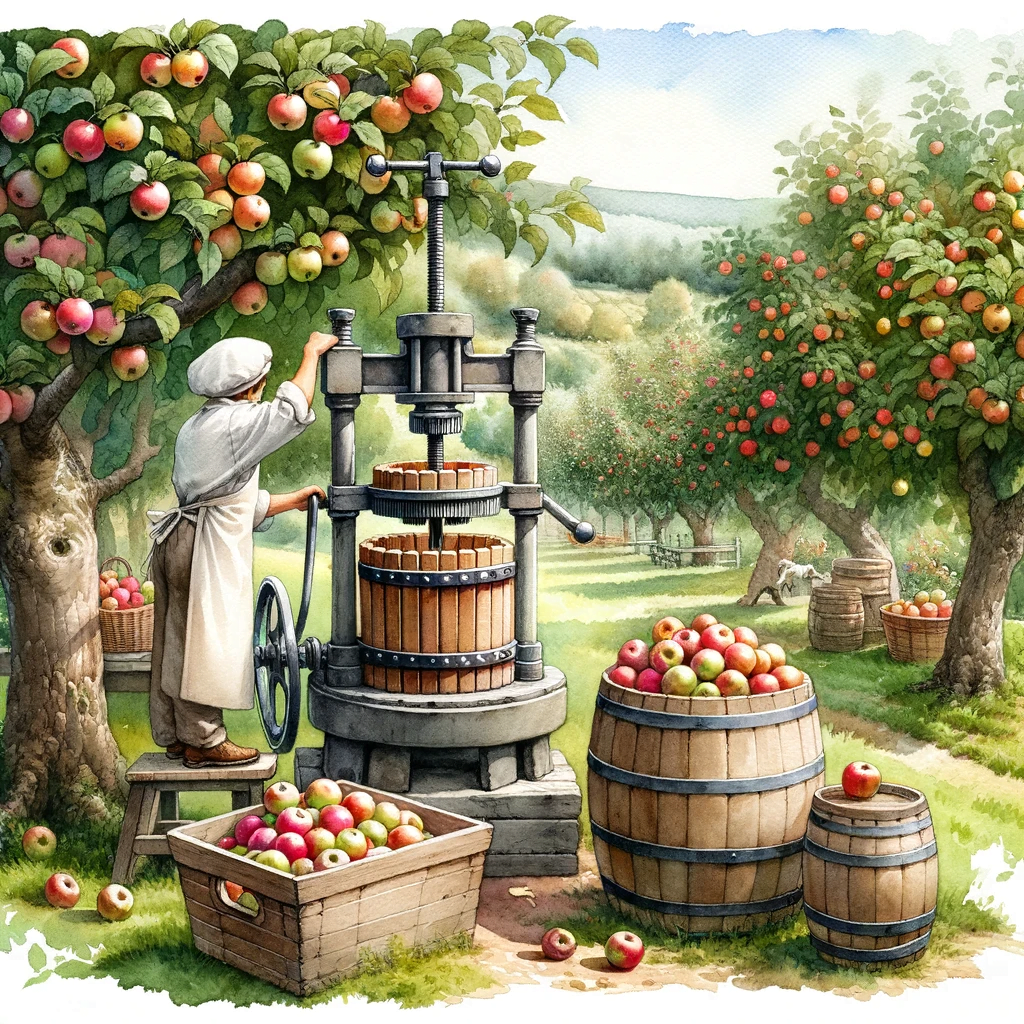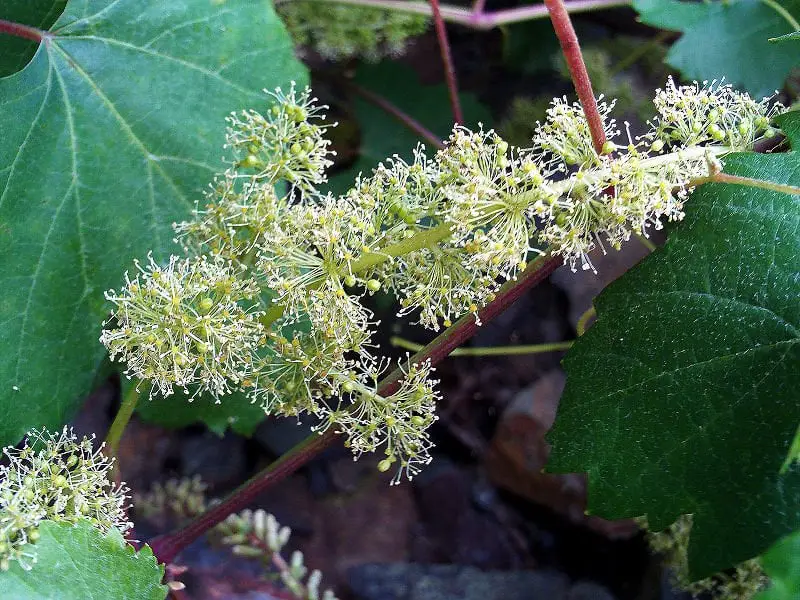If you’ve ever found yourself wondering when is the best time to sink your teeth into the juicy sweetness of Asian pears, wonder no more! In this article, we’ll reveal the prime season for indulging in these delectable fruits. From their crisp texture to their subtly floral taste, Asian pears are a favorite among fruit enthusiasts. So, get ready to discover the optimal time to savor this refreshing delight and enhance your culinary adventures with these irresistible delicacies.
Best Time to Enjoy Asian Pears
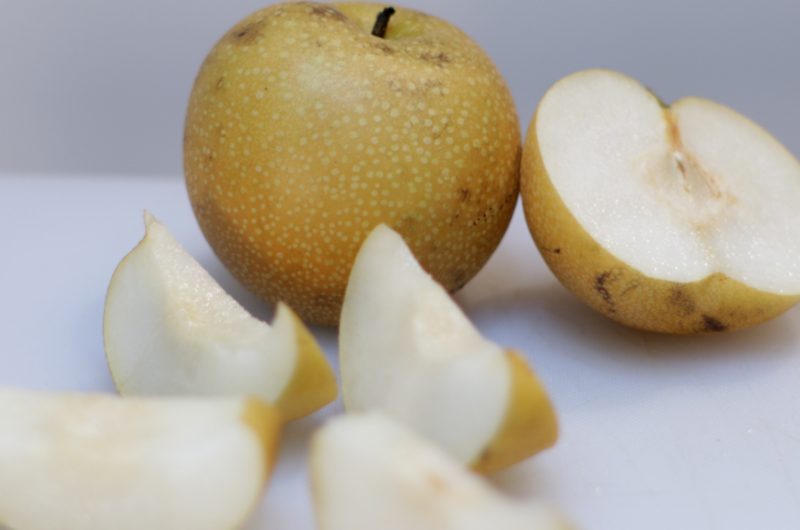
Understanding Asian Pears
Asian pears, also known as “pyrus pyrifolia,” are a delicious and refreshing fruit that originated in East Asia. They have become increasingly popular all around the world due to their unique flavor and satisfying crunch. Unlike their European counterparts, Asian pears are round and have a crisp, apple-like texture. This makes them a delightful treat for snacking, cooking, and adding to various culinary creations.
Different Varieties of Asian Pears
Asian pears come in a wide range of varieties, each with its distinctive taste and appearance. Some of the most popular types include Hosui, Chojuro, Shinseiki, and Ya Li. Hosui Asian pears are known for their sweet and juicy flavor, while Chojuro offers a delightful combination of sweetness and tartness. Shinseiki Asian pears are particularly refreshing due to their high water content, and Ya Li variety is famous for its distinct floral fragrance. With such an array of choices, there is an Asian pear to suit every palate.
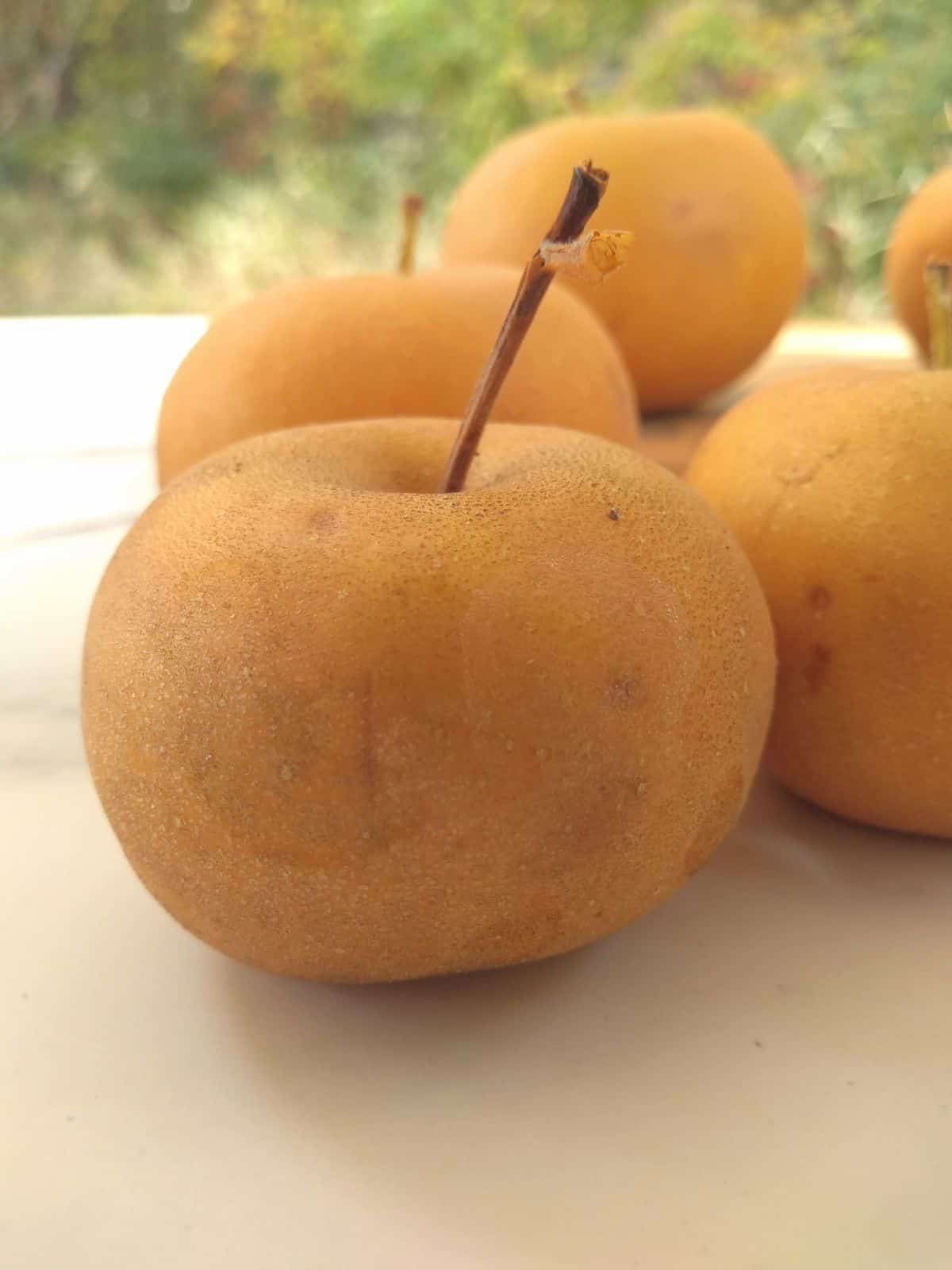
Factors Affecting the Seasonality of Asian Pears
The seasonality of Asian pears is influenced by various factors, including geographical location, climate, and cultivation techniques. These factors contribute to the availability and taste profile of Asian pears throughout the year. Therefore, understanding these factors can help you determine the best time to enjoy this delectable fruit.
Climate and Harvest Time
Asian pears thrive in temperate climates with cool winters and warm summers. They require a chilling period during the winter months to initiate proper fruit development. Once the chilling requirements are met, Asian pear trees start to blossom in late winter or early spring. The actual harvest time varies depending on the specific variety and regional climate conditions.
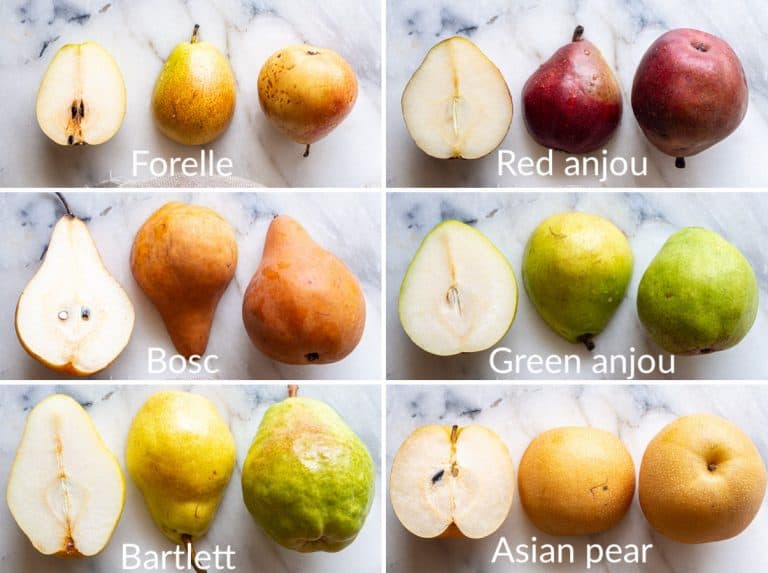
Early Season Asian Pears
Early season Asian pears typically become available in late summer or early fall. These pears are often characterized by their crisp texture and sweet flavor. They are perfect for those who appreciate a subtle sweetness and a refreshing bite. Early season Asian pears can be enjoyed on their own or used in salads, slaws, or even combined with cheese for a delightful appetizer.
Mid-Season Asian Pears
Mid-season Asian pears make their appearance in late summer and continue to be available throughout the fall. These pears possess a balanced combination of sweetness and acidity, making them incredibly versatile for various culinary preparations. Whether you prefer them fresh, baked into pies, or incorporated into stir-fries, mid-season Asian pears offer a delightful taste and texture.

Late Season Asian Pears
Late season Asian pears are a delight that stretches from late fall to early winter. These pears are known for their rich, sweet flavor and incredibly juicy texture. As the weather gets cooler, late season Asian pears become the perfect choice for warm desserts like poached pears or spiced pear cakes. Their natural sweetness pairs well with aromatic spices like cinnamon and nutmeg.
Ripeness and Storage Considerations
When it comes to enjoying Asian pears, understanding ripeness and proper storage techniques is key. Asian pears are usually harvested when they are mature but still firm. Unlike other fruits, they do not continue to ripen significantly after picking. It is essential to look for pears that are free from bruises or blemishes. Once you have purchased Asian pears, store them in a cool and dry place, away from direct sunlight. They can last for several weeks when stored properly.
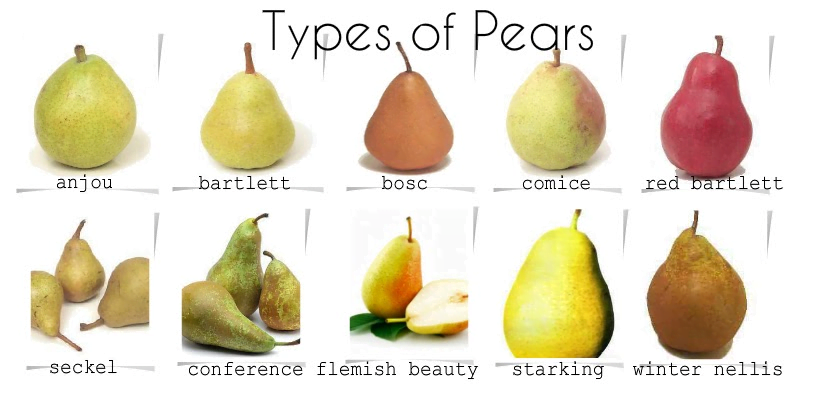
Enjoying Asian Pears in Different Culinary Creations
Asian pears lend themselves well to a wide range of culinary creations, from sweet to savory dishes. Their crisp texture and delicate flavor make them a versatile addition to both traditional and modern recipes. Slicing Asian pears and adding them to a fresh green salad can provide a delightful crunch and a burst of sweetness. Alternatively, you can also use Asian pears in baked goods like pies, tarts, or muffins for a unique twist. For a savory touch, try adding Asian pears to stir-fries, slaws, or even pairing them with cheese and charcuterie for a refreshing appetizer.
Health Benefits of Asian Pears
Asian pears not only offer a delightful eating experience but also bring several health benefits to the table. These pears are low in calories and high in dietary fiber, making them an excellent choice for individuals looking to maintain a healthy weight and promote digestion. Additionally, Asian pears are a rich source of vitamins C and K, providing immune support and promoting bone health. The high water content of Asian pears also contributes to hydration and helps maintain optimal skin health.
In conclusion, the best time to enjoy Asian pears depends on the seasonality of the specific variety and regional climate conditions. From early season pears with a subtle sweetness to late-season varieties bursting with flavor, Asian pears offer a diverse range of tastes to explore. Whether you prefer them fresh, incorporated into culinary creations, or reaping the health benefits they offer, Asian pears are a delightful addition to any table. So, next time you come across these delectable fruits, don’t hesitate to indulge in their juicy, refreshing goodness.


